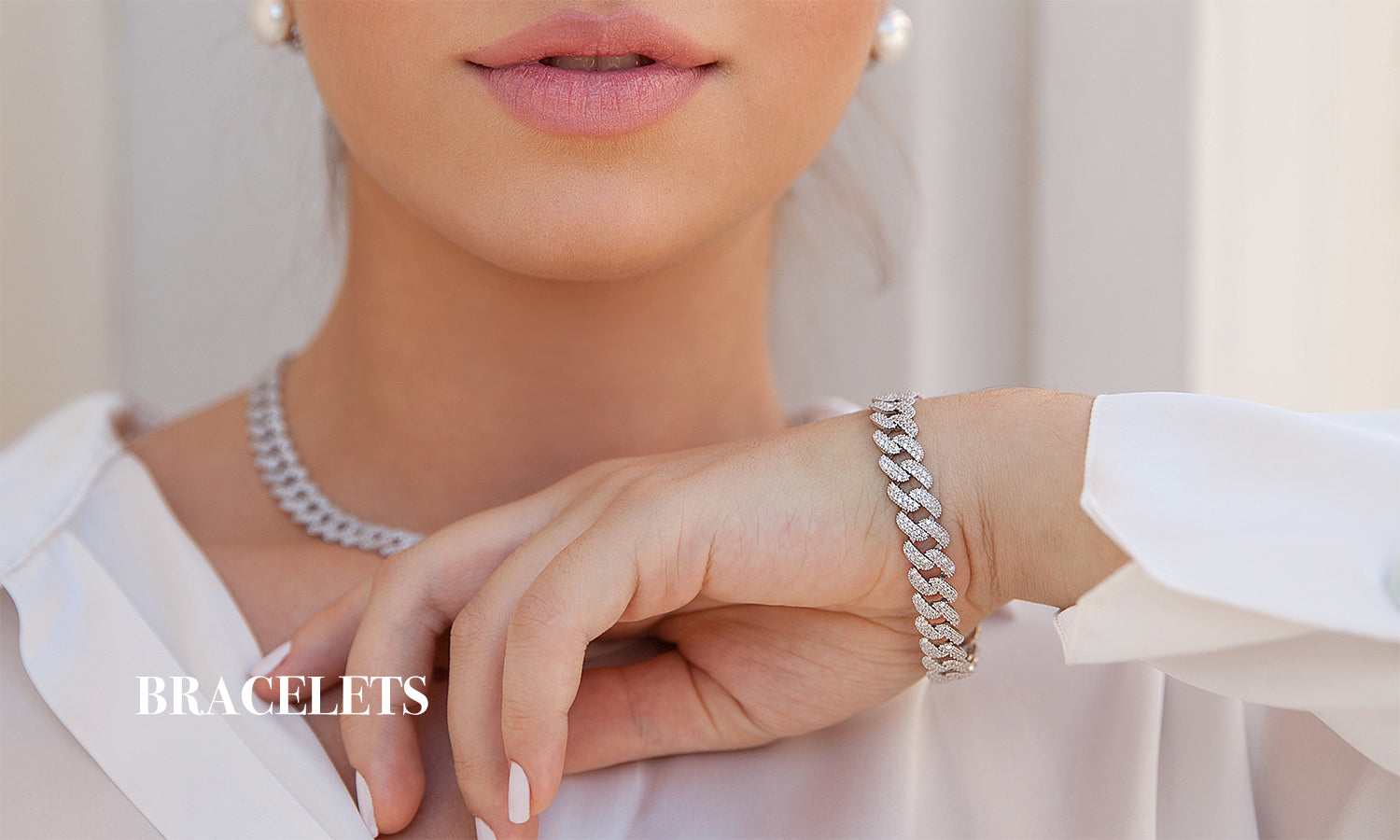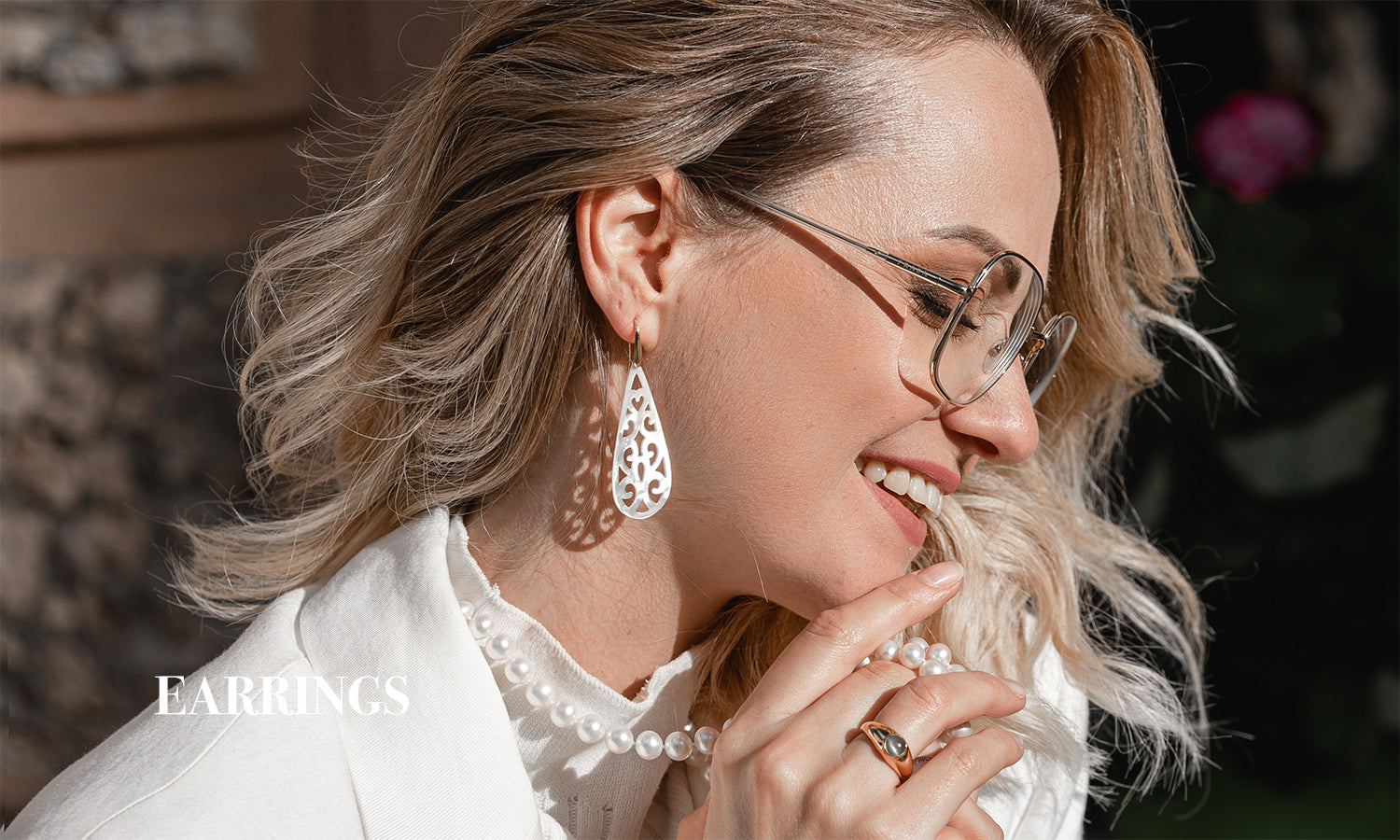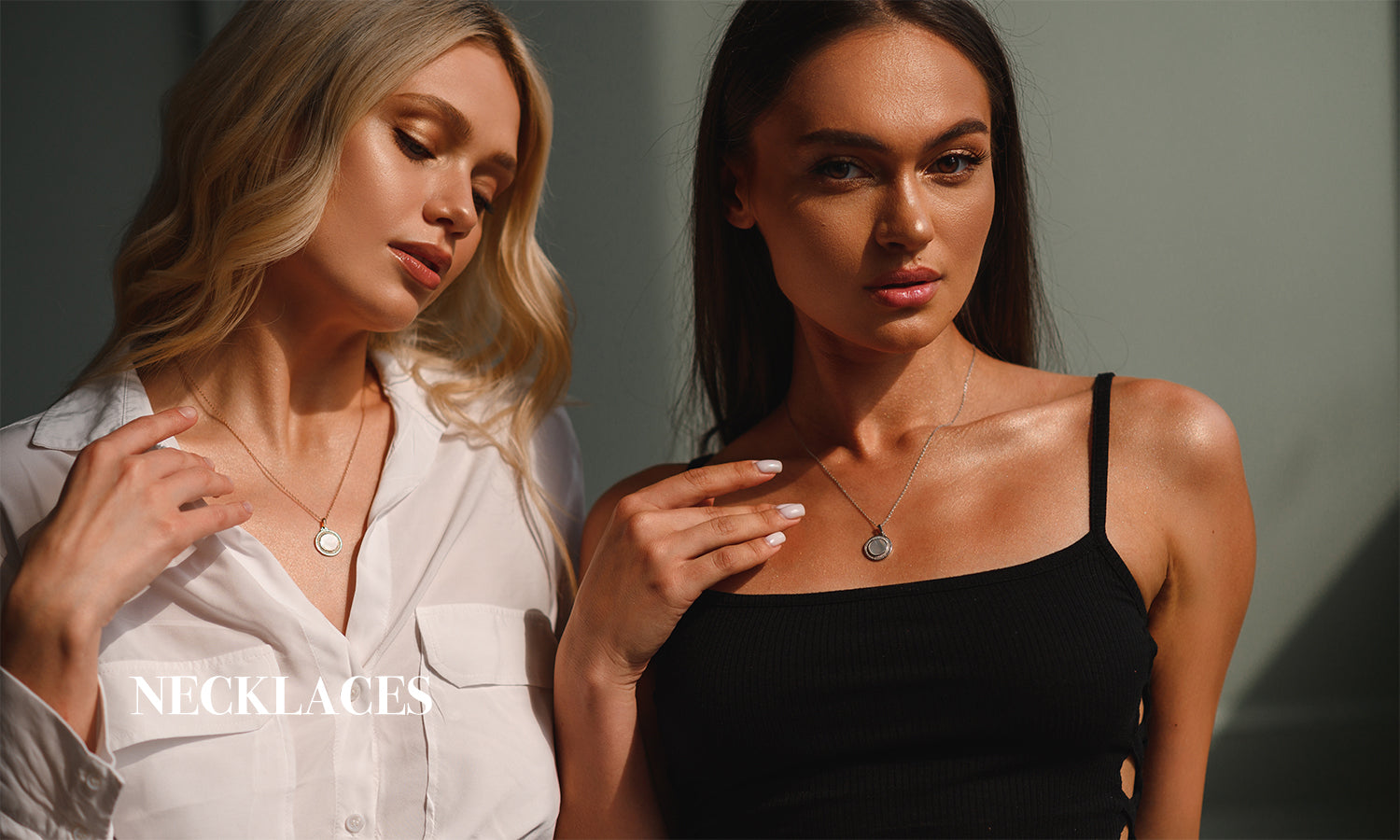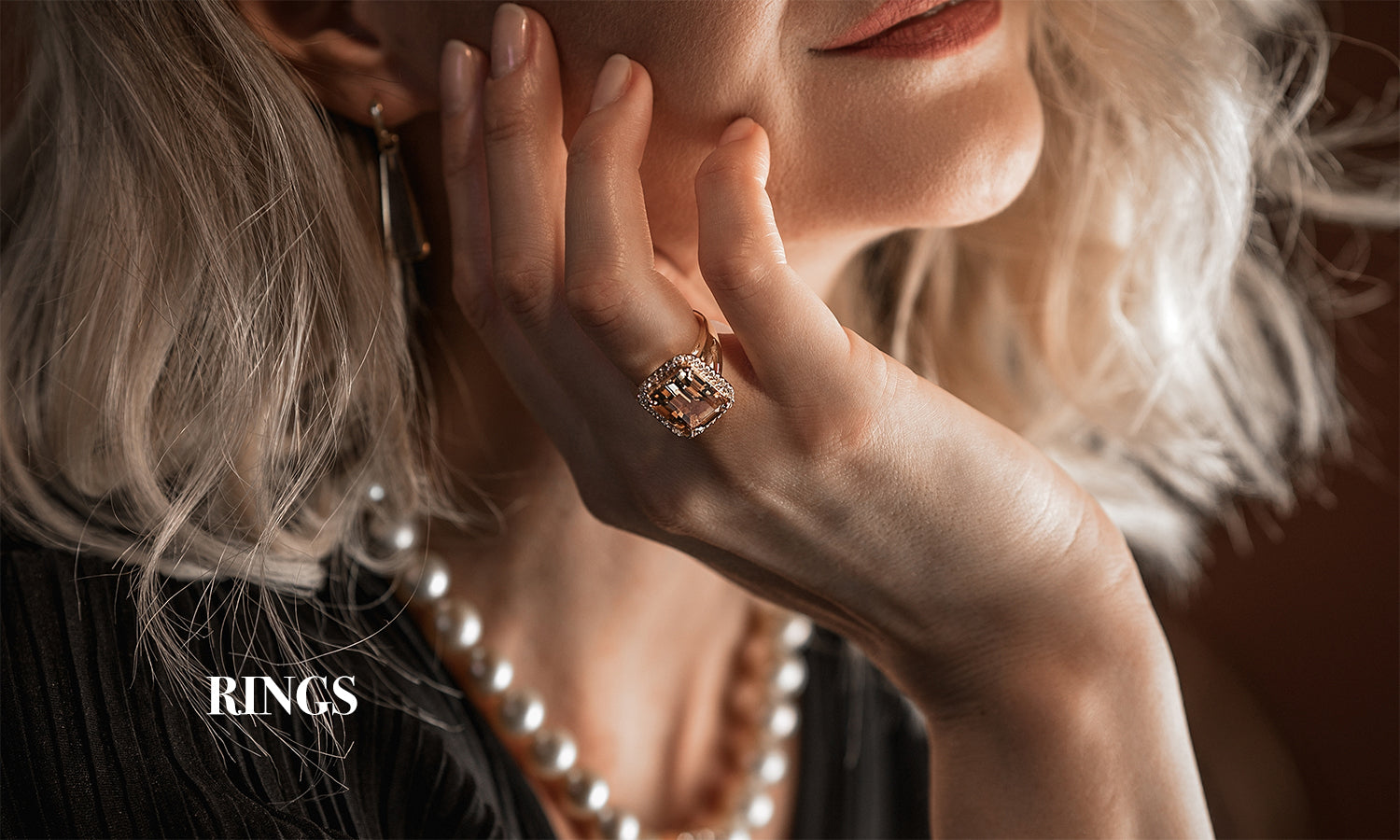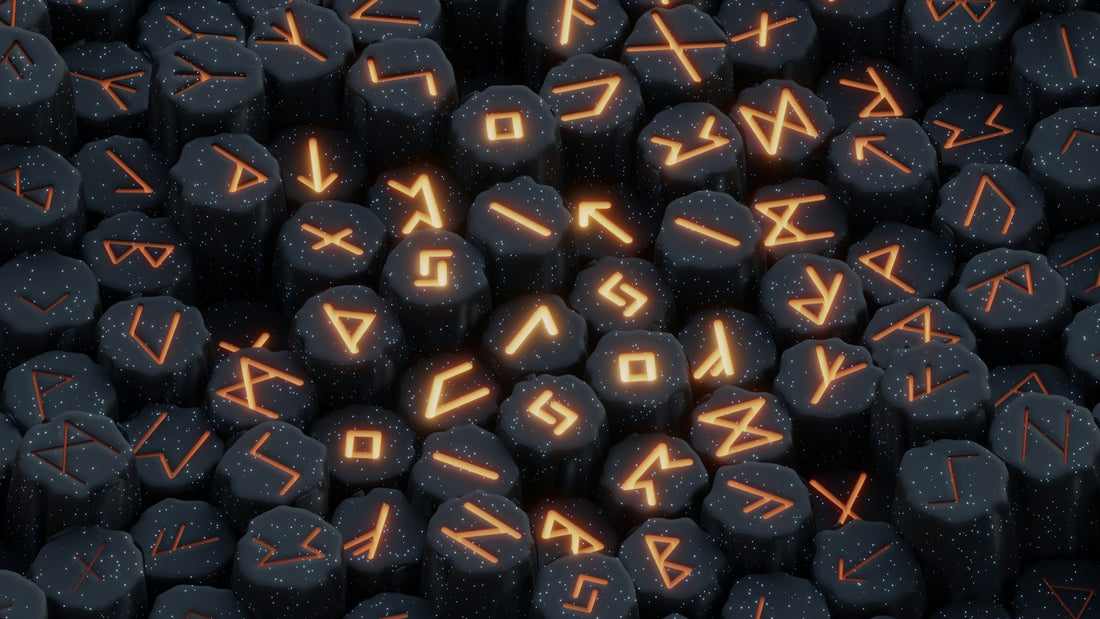
Discover the Mystique of Engraved Viking Symbols: A Journey into Norse Heritage
Share
Viking symbols, deeply rooted in Norse mythology and history, have fascinated people for centuries. Engraved Viking symbols, in particular, carry an aura of mystery and ancient power. These symbols, etched into artifacts, runestones, and jewelry, offer a glimpse into the rich tapestry of Viking culture. In this article, we'll explore the significance of these symbols, their historical context, and how they continue to inspire modern design.
|
Symbol |
Meaning |
Historical Context |
Modern Usage |
|
Valknut |
Symbolizes the transition between life and death |
Often found on runestones and burial artifacts |
Used in jewelry and tattoos to honor fallen warriors |
|
Thor's Hammer (Mjölnir) |
Represents protection and strength |
Weapon of Thor, used as an amulet for protection |
Popular in jewelry and tattoos for invoking strength |
|
Yggdrasil |
Represents the interconnectedness of all life |
Central sacred tree in Norse cosmology |
Featured in home decor and artwork for its symbolic meaning |
|
Odin’s Runes |
Symbolize knowledge and magic |
Used for spells, protection, and divination |
Seen in tattoos and jewelry for their mystical significance |
The Significance of Viking Symbols

Celtic Knot Retro Men's Necklace with Odin Crow Rune Pendant – Planderful Shop
Viking symbols are more than just decorative motifs; they are imbued with deep spiritual and cultural meanings. Each symbol carries its own unique significance, often tied to Norse mythology, ancient beliefs, and the Viking way of life.
1. The Valknut: Symbol of the Fallen Warriors
One of the most recognizable Viking symbols is the Valknut, a geometric design consisting of three interlocking triangles. Often associated with Odin, the chief of the Norse gods, the Valknut is believed to symbolize the transition between life and death. It was commonly engraved on runestones and burial artifacts, serving as a tribute to warriors who had fallen in battle.
2. The Thor's Hammer (Mjölnir): Protector of the Gods
Thor’s hammer, known as Mjölnir, is another prominent Viking symbol. Mjölnir was the weapon of Thor, the god of thunder, and was believed to protect both gods and humans from the forces of chaos. Engraved images of Mjölnir were often worn as amulets to invoke Thor's protection and strength.
3. The Yggdrasil: The World Tree
Yggdrasil, the immense and central sacred tree in Norse cosmology, represents the interconnectedness of all life. This symbol is often depicted as an enormous tree with roots and branches extending into various realms. Engravings of Yggdrasil signify growth, wisdom, and the eternal cycle of life.
4. The Odin’s Runes: The Power of Knowledge
Runes were not just an alphabet for the Vikings but were believed to carry magical properties. Odin, the god of wisdom and poetry, is said to have sacrificed himself to discover the secrets of runes. Engraved runes were used for various purposes, including spells, protection, and divination.
The Historical Context of Viking Symbols

Viking Odin Axe Necklace with Triangular Knot Rune Pendant – Planderful Shop
The use of symbols in Viking culture dates back to the early medieval period. Engraved symbols were often found on runestones, which were erected to commemorate important events or individuals. These stones serve as historical records, providing valuable insights into Viking society and beliefs.
Artifacts such as jewelry, weapons, and tools also feature engraved symbols. These items were not merely functional but carried symbolic meanings intended to invoke protection, honor, or divine favor.
Modern Interpretations and Usage

In contemporary times, Viking symbols have experienced a resurgence in popularity. Engravings of these symbols are frequently seen in jewelry, tattoos, and modern artwork. People today are drawn to these symbols for their historical significance and the sense of connection to ancient traditions they provide.
1. Jewelry
Engraved Viking symbols in jewelry, such as rings and pendants, offer a way to carry a piece of Norse heritage. These items are often crafted with intricate designs, blending ancient symbols with modern aesthetics.
2. Tattoos
Viking symbols are popular choices for tattoos, symbolizing personal beliefs or connections to Norse mythology. Tattoos featuring symbols like Mjölnir or the Valknut are often chosen for their powerful meanings and historical roots.
3. Home Decor
Modern home decor also incorporates Viking symbols, adding a touch of historical flair to contemporary spaces. Engraved symbols on wall art, sculptures, and other decorative items celebrate Viking culture and mythology.
Conclusion
Engraved Viking symbols offer a fascinating window into the past, reflecting the rich mythology and culture of the Norse people. Whether you're drawn to their historical significance, spiritual meanings, or aesthetic appeal, these symbols continue to captivate and inspire. By incorporating Viking symbols into modern design, we keep the ancient traditions and stories alive, bridging the gap between past and present.

